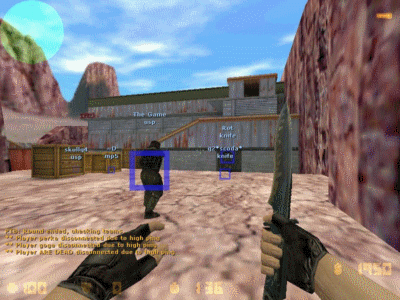
There is a chance that Fountain of Dreams music will play.Ī clone of Green Greens used in Adventure Mode.

Touching the platform at the top ends the match.Ī clone of Green Greens used in Adventure Mode. There is a chance that Brinstar Depths music will play.Ī vertical scrolling stage used in Adventure Mode. Plays Great Bay music.Ī clone of Brinstar used in Adventure Mode. Touching the Triforce ends the match.Ī clone of Temple used in Adventure Mode. The game will freeze when the player encounters any of the Link fights, but there are codes to prevent this. The player fights Giant Donkey Kong here.Ī side scrolling stage used in Adventure Mode. The player fights two tiny Donkey Kong here.Ī clone of Jungle Japes used in Adventure Mode. Plays Rainbow Cruise music.Ī clone of Kongo Jungle used in Adventure Mode. The player fights Mario (or Luigi) and Peach here. Touching the flagpole ends the match.Ī clone of Princess Peach's Castle used in Adventure Mode. The game will freeze when the player gets to the Yoshi fight section of the stage, but there are codes to prevent this. It has only 3 targets.Ī side scrolling stage used in Adventure Mode. The match ends if all the targets break.Īn unused Target Test stage, presumably for Sheik. The Target Test stages for each character. "PPP" stands for "Pupupu Land", Dream Land's Japanese name. However, forcing it to load reveals that it is now just a clone of Icicle Mountain without music. The stage is believed to have been the "top" of Icicle Mountain. It is believed to be a Fire Emblem stage because "Akaneia" is the Japanese name of Archanea, a kingdom from the series.Īn unused stage that crashes when trying to load it, although use of action replay codes can force the stage to load.
#20xx hack pack cant select stage code
There is no known code that can force it to load. いにしえ loosely means "Ancient", and is used for Japanese names of Mushroom Kingdom and Mushroom Kingdom IIĪ stage that crashes the game when attempting to load it. "Yoster" comes from "Yoster Island", the stage's Japanese name. Possibly due to Kraid's lair being located in the depths of Brinstar in the original Metroid. "Shrine" is likely a mistranslation of 神殿, the stage's Japanese name. "Garden" come from "Jungle Garden", the stage's Japanese name. Possibly due to Brinstar being located in the Planet Zebes in Metroid series. " 泉" is the Japanese word for "Fountain". The stage has blast lines, but the game will crash long before reaching them, most likely due to both the character's and the camera's y axis value exceeding its bounds.Ī debug stage that features oddly shaped platforms and a low resolution picture of a bar as the background. The stage itself is totally black, with one invisible platform in the middle.
#20xx hack pack cant select stage full
For the list of stages used with the full stage selector code, view here.Ī debug stage that crashes the game when trying to load it, although use of action replay codes can force the stage to load. The list of stages given in the table is for the default Debug Menu. It is believed to be a placeholder for characters who enter the battle mid-match in various single-player modes. It is possible to bypass this crash by going back to KIND SELECT and setting any player slots with this ID to "NONE", as well. Using this "character" will crash the game. Presumably related to Target Test, where only the leader is present like this setting. While it is possible to move around, jump, and air dodge with this character, doing so will eventually crash the game.įinishing a match with this character crashes the game. The player can still exit the match through the pause menu.įinishing a match with this character crashes the game. "Ganon" is the name of Ganondorf's true form.įinishing a match with this character crashes the game. Roy was a very late addition to Melee, so the development team named the spot "EMBLEM" internally as a catch-all for another Fire Emblem character.

"CLINK" stands for Child Link, Young Link's Japanese name. "ZE" stands for Zelda, and "SE" stands for Sheik.

In the Japanese language, the "th" sound is not used, so it is replaced with the closest sound, "s".


 0 kommentar(er)
0 kommentar(er)
